Search Results
Fine Jewelry University Articles matching: “Natural emerald”
Showing only FJU Article results. Click here to show all results.
Fine Jewelry University (Show All FJU Articles)
-
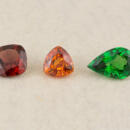
Gem in the Spotlight: Garnet
…shape and color of pomegranate seeds. Garnet is really a group of gemstones. The pyrope, almandine and spessartite are the red – brown to orange sometimes with a tint of violet varieties. The grossular, demantoid and uvarovite are the Emerald green to yellow type. Garnets are beautiful and widely diverse gemstones
-

How Are Lab Grown Diamonds Made?
…. For decades, manufacturers of synthetic gemstones tried growing diamonds like they grew rubies, sapphires, and emeralds. It failed. Then they had the idea to grow diamonds in the lab like they grew in nature. High Pressure High Temperature… that is where the conditions of extremely high pressure and high temperature needed for diamond formation are naturally found. We see diamonds closer to the surface of the earth when a rare type of deep volcano brings them up to where …
-
Frequently Asked Question about Jewelry
…. They are making the diamonds both more transparent (whiter) and more colorful. Some colors are more vibrant then natural diamonds. Next, some are changing the clarity of diamonds with laser drill and fills. The new fills are getting harder… on the diamond. Color is actually looking for the absence of color or transparency. Clarity is inclusions and natural birthmarks of a diamond and is useful as identifying characteristics. For more information see the Diamond Buying Guide . …
-
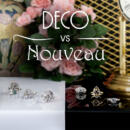
Art Deco vs. Art Nouveau Style Jewelry
… (1890 – 1910), Art Nouveau emerged as a rebellion against the academic art of the time. It sought to bring the natural world into artistic design, emphasizing flowing lines, asymmetrical forms, and motifs inspired by plants, flowers, and … Machine Age. Precious metals like platinum and white gold alongside rare and valuable gemstones such as diamonds, emeralds, and sapphires, were the materials of choice for Art Deco jewelry makers. The most prevalent diamond cut found in Art…
-
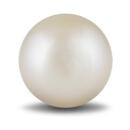
Gem in the Spotlight: Pearl
…time, layer upon layer of nacre is deposited around the irritant, eventually forming a pearl. This process can occur naturally or via human intervention. Natural pearls grow in the wild without human intervention. They are very rare, and … locations around the world. The process by which they are created is completely unpredictable, and as a result, natural pearls come in a wide range of shapes, sizes, and colors. They are typically irregular in shape and have a unique, …
-

What are “Blood Diamonds”?
… Process. now more than 99% of the world’s diamonds are from conflict free sources While diamonds have been used to fund conflict, the problem is not the diamonds themselves but the rebels who exploit diamonds (along with other natural resources) to achieve their illicit goals. The vast majority of diamonds come from countries at peace. These countries have been able to invest the revenue from diamonds into the development of infrastructure, schools and hospitals for the …
-
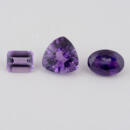
Gem in the Spotlight: Amethyst
…, help hunters, guard against contagious diseases, and control evil thoughts. Amethyst was once as valuable as emeralds and rubies until very large deposits were found in multiple places around the world. Heavily increased supply dropped … amethysts are now appearing in inexpensive jewelry. Because the cost of testing is higher than the cost of even the natural stones it is not often performed. Beware of stones of perfect clarity, calibrated sizes, and precision cutting. …
-
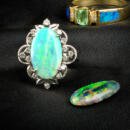
Gem in the Spotlight: Opal
… training and equipment will be able to detect this treatment. Opals can also sometimes be dyed, giving them an unnatural but fascinating body color such as a vibrant green or pink. Some opals that have cracked can sometimes be reused by …. This is also a good time to discuss doublet and triplet opals. These gems are manufactured using a thin slice of natural opal. In doublets, a lapidarist will use a piece of ironstone or black onyx and glue the fragile piece of opal to it …
-
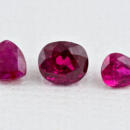
Gem in the Spotlight: Ruby
… rubellite tourmaline (the red variety of tourmaline) gets its name. Pliny the Elder mentioned rubies in his work Natural History, including notes on their durability, which means that their physical properties have been known well for over … the imagination of people for centuries. Whether you are a gem collector, a jewelry lover, or simply appreciate the natural beauty of the world, rubies are definitely a gemstone worth owning. If you are looking for a fantastic new piece of …